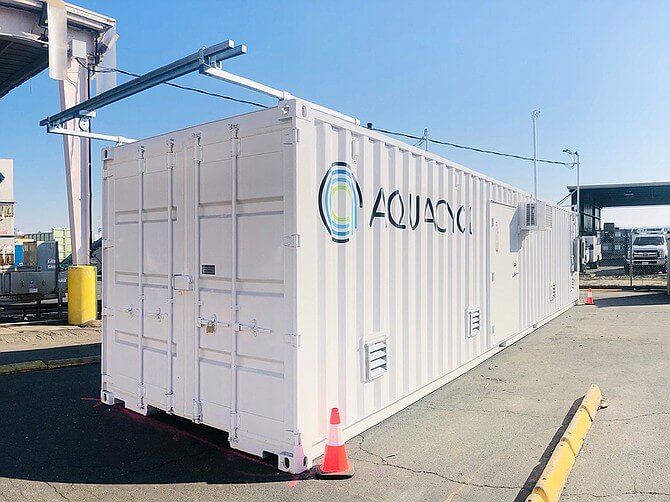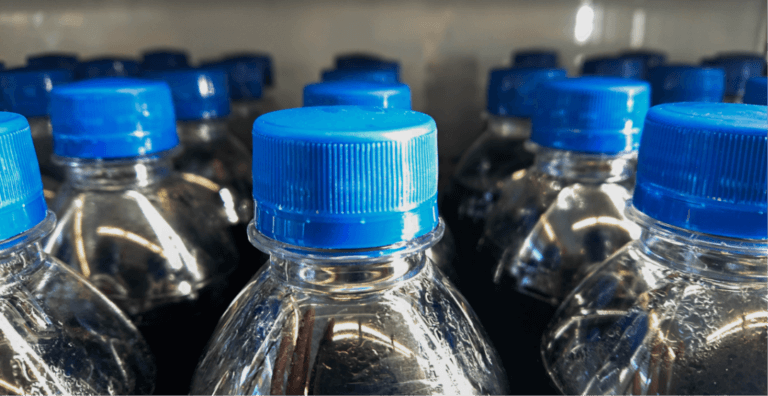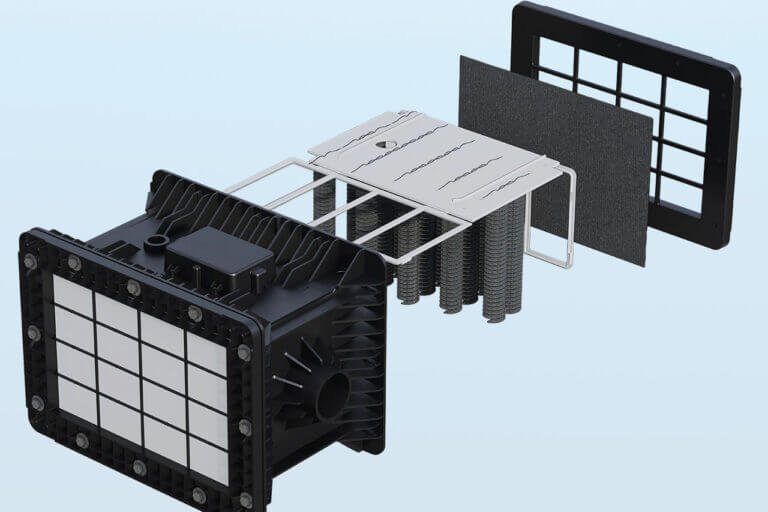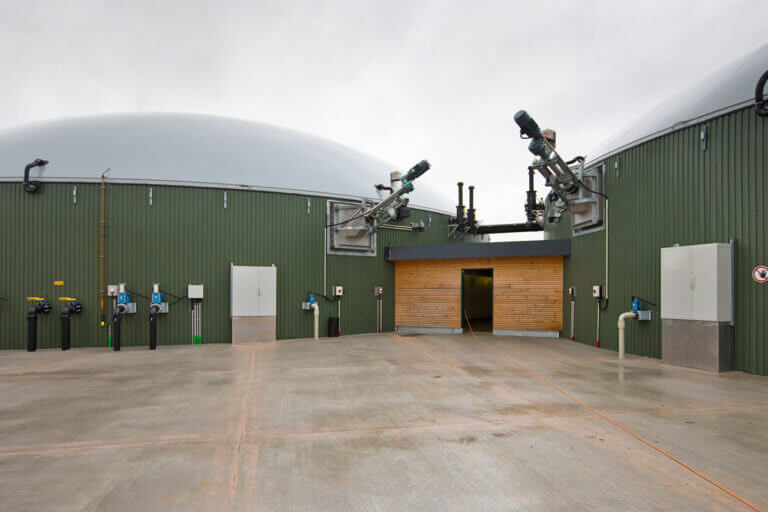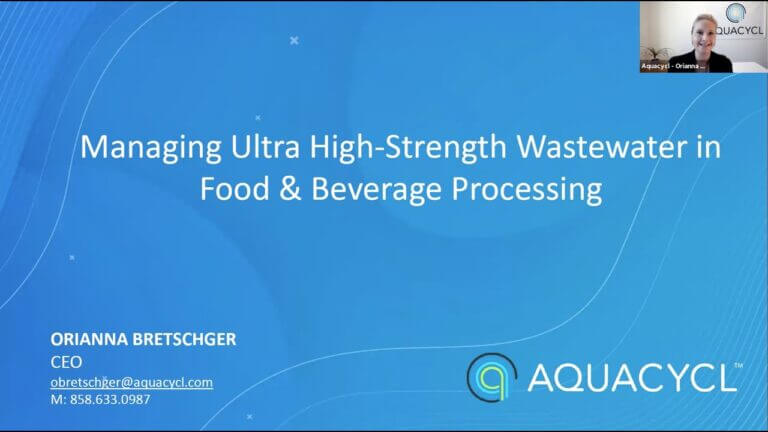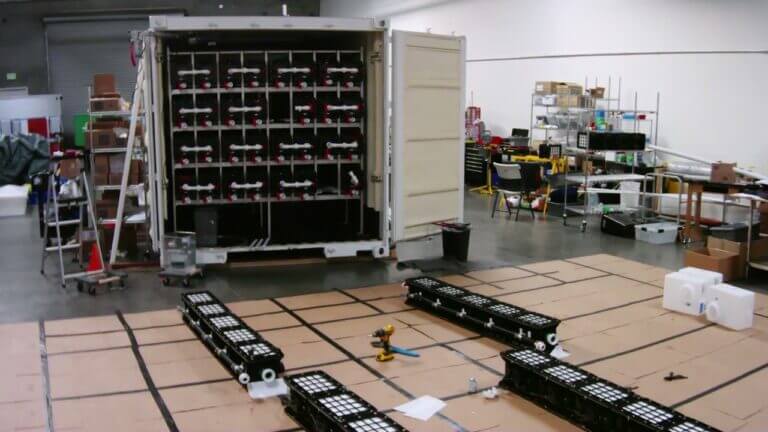No one cares about wastewater until it’s a problem. Say, the city is charging high surcharges or limiting permit levels that are impacting production or expansion plans. So, what do you do when there’s a problem?
Start with your goals
The first step is to understand what’s in the wastewater, how concentrated it is, where it is being discharged and what your water goals are. Water goals could be something like expanding reuse opportunities onsite or minimizing freshwater usage, which is especially important in water stressed areas. It could also be reducing wastewater costs or ensuring predictability of the costs. It could be planning for the future, or mitigating the risk of supplier disruptions. The technology selection will depend on your water and wastewater goals.
Understanding your wastewater
The most common issue for food and beverage manufacturers is biological oxygen demand, or BOD. This is essentially organic carbon, but if you put too much of it down the drain, it causes a problem for the centralized treatment facility. They can push back and charge very high surcharges depending on what is going down the drain. This is typically the largest cost, and we’ve seen that it can account for 65-80% of wastewater management costs. Other components include total suspended solids (TSS), nitrogen, phosphorus, fats, oils and greases (FOG).
Start with BOD
For food and beverage sites, BOD is going to dictate the types of treatment that can be used, as different ranges will require different technologies. The lower end of BOD (200-400 parts per million or ppm) is typical of levels in a city sewer, but this is on the low end of what is discharged from food and beverage plants. If you’re discharging around that area, there probably won’t be any issues with the city. At a higher concentration (such as 5,000 ppm) it becomes a challenge for the receiving utility, so you may need to consider doing some sort of treatment on site or hauling offsite for disposal, depending on economics.
Onsite treatment options
At the lower end of the high concentration (5,000-15,000 ppm), onsite treatment options will likely be an aeration strategy. This is especially relevant if you want to get down to a lower level, maybe even lower than 400 ppm. Aeration strategies include activated sludge, which is the most common, and membrane bioreactors which can come in a packaged plant and sit on site. Both technologies are going to have a high energy requirement as air is pumped into the wastewater. The air moving through the water is going to encourage the growth of bacteria, and those bacteria are going to consume the organics in the wastewater. In the process, they’re going to grow more of themselves, resulting in secondary sludge. You’re going to have to figure out what to do with the secondary sludge. You might want to separate it and haul it, depending on how large your system is.
Now if you’ve got a higher BOD, up in the 15,000 ppm range, you need to consider an anaerobic process. The standard process out there is anaerobic digestion, including both high-rate and conventional anaerobic processes. In this case, they don’t use oxygen, but they are fixing CO2 into methane (biogas), and the biogas can be captured and reused on site to offset energy demands of the plant. The anaerobic process can take much higher concentrations, but it’s going to be slower to treat, so you need to plan for at least a day or longer in treatment time, whereas the aerobic processes are usually much faster. There is still a considerable energy requirement if you’re not capturing and reusing the biogas. It also will require nutrient addition and a consistent feedstock, which can add up or become challenging to keep when there are production changeovers or bad batches.
When you get to concentrations over 15,000 ppm, this will cause upsets in the digester, so the wastewater will need to be diluted (which means larger amounts of fresh water) or trucked offsite. When you have very high concentrations, say 50,000 or 100,000 ppm, such as syrups or concentrated sugar from refining processes, there are very few technologies that can address these concentrations. Typically, they are very low volume, but can be costly and difficult to manage. Aquacycl’s BioElectrochemical Treatment Technology is the only treatment option here to treat these very high strength streams without dilution. The modular, scalable treatment can remove up to 95% of BOD, with low energy requirements, in a shorter time and smaller footprint than traditional systems.
Onsite reuse
Coming back to your goals, if your goal is to reduce the load to the sewer, these basic treatments may be enough. However, if you are looking at reuse applications such as boilers, HVAC or irrigation, you need to consider partnering technologies that can get the water quality appropriate for reuse. They include a membrane filtration step that will remove things like nitrogens, phosphorus, residual total suspended solids and BOD. Getting to potable reuse will require reverse osmosis and disinfection as well.
Summary
Wastewater is rarely a primary consideration for manufacturers. The answer to most wastewater questions is “it depends”. It depends on the company and site goals, wastewater composition, permit and site limitations. Companies need to start with understanding the current situation, as these will dictate applicable treatment options and costs.




